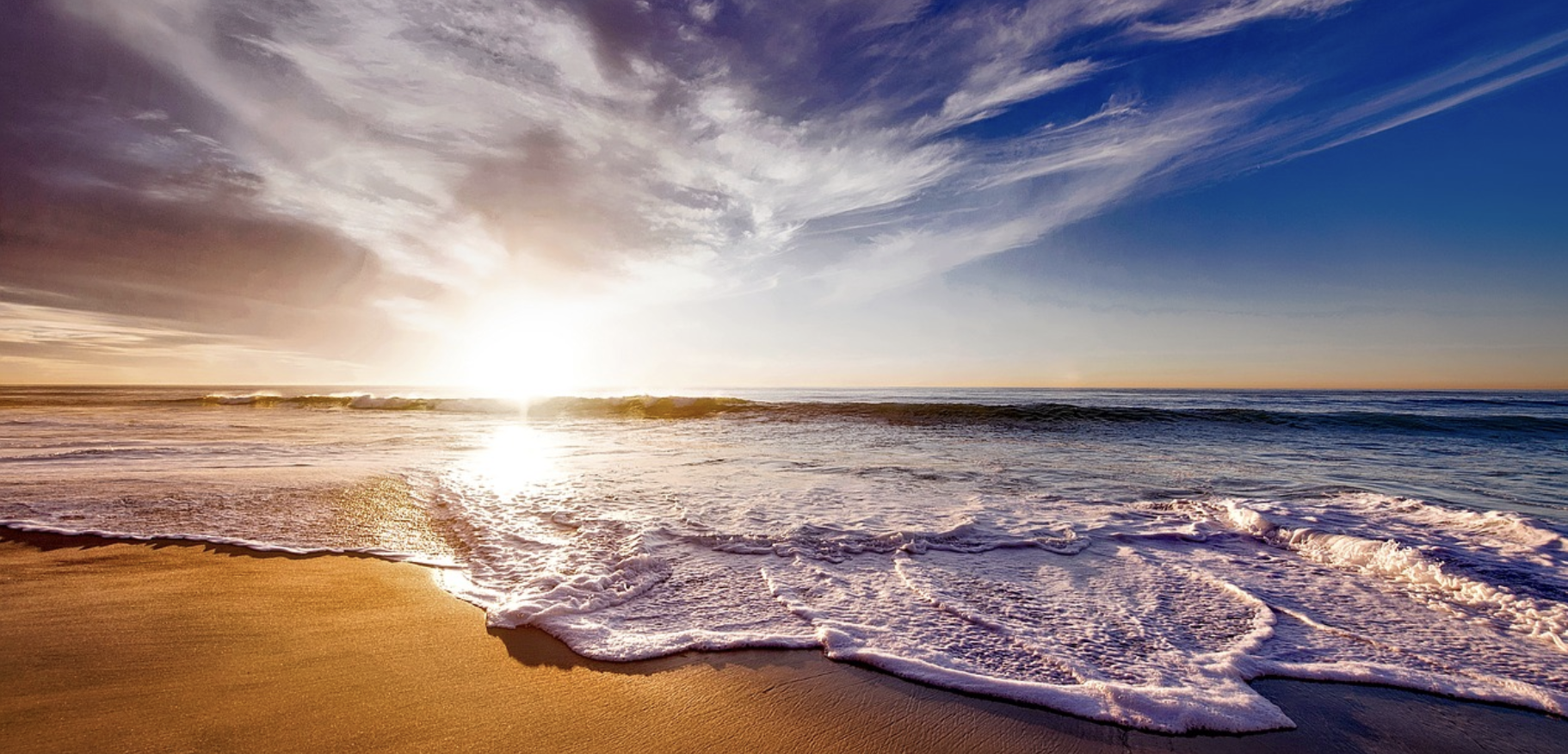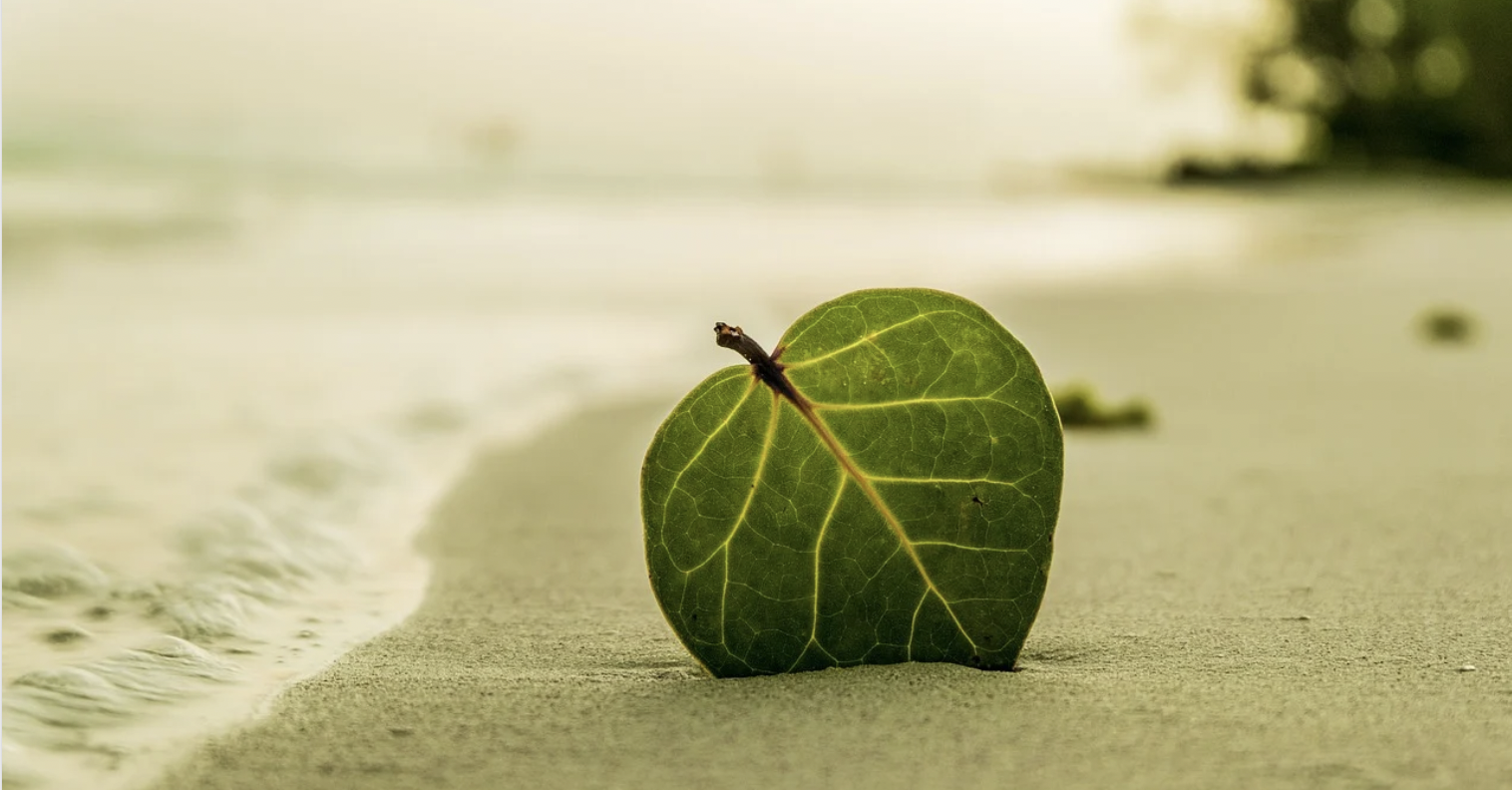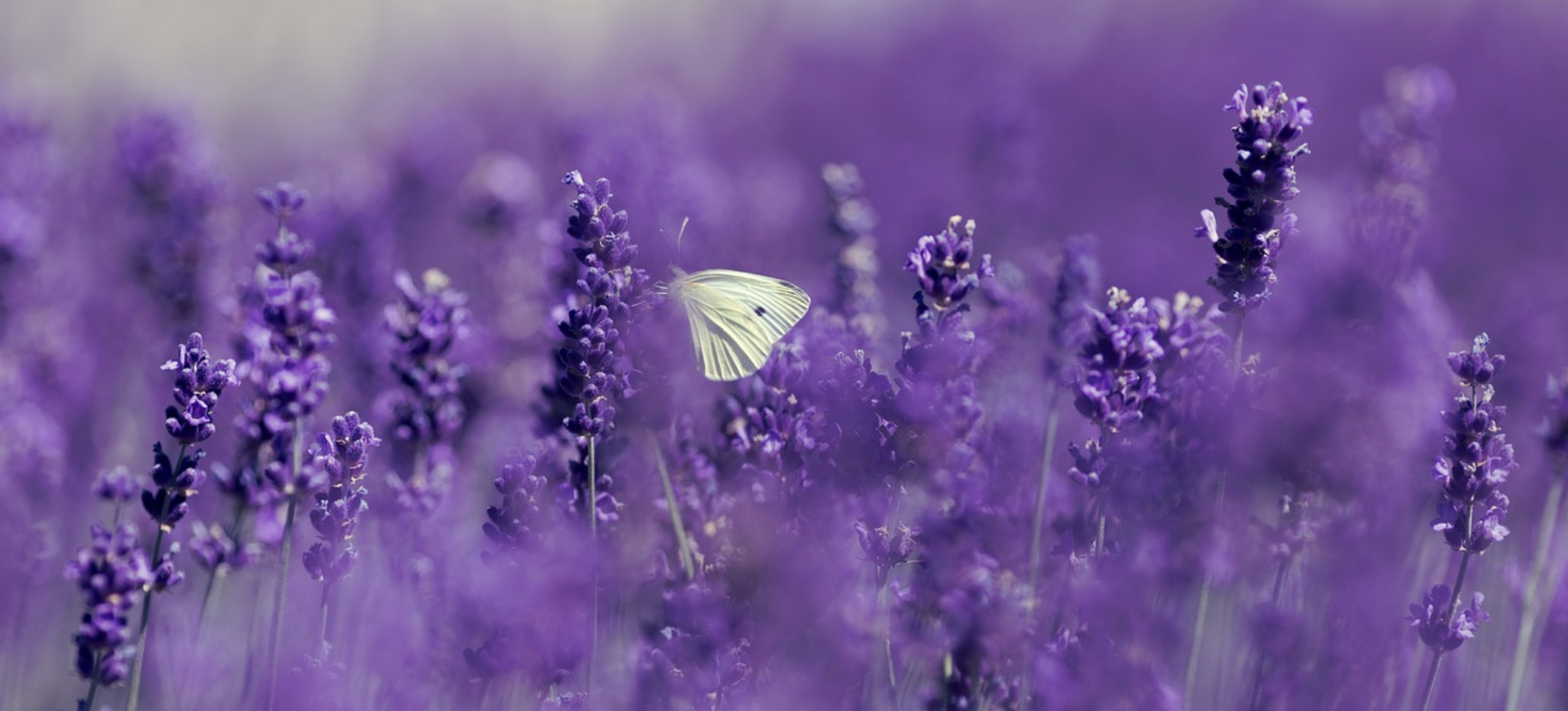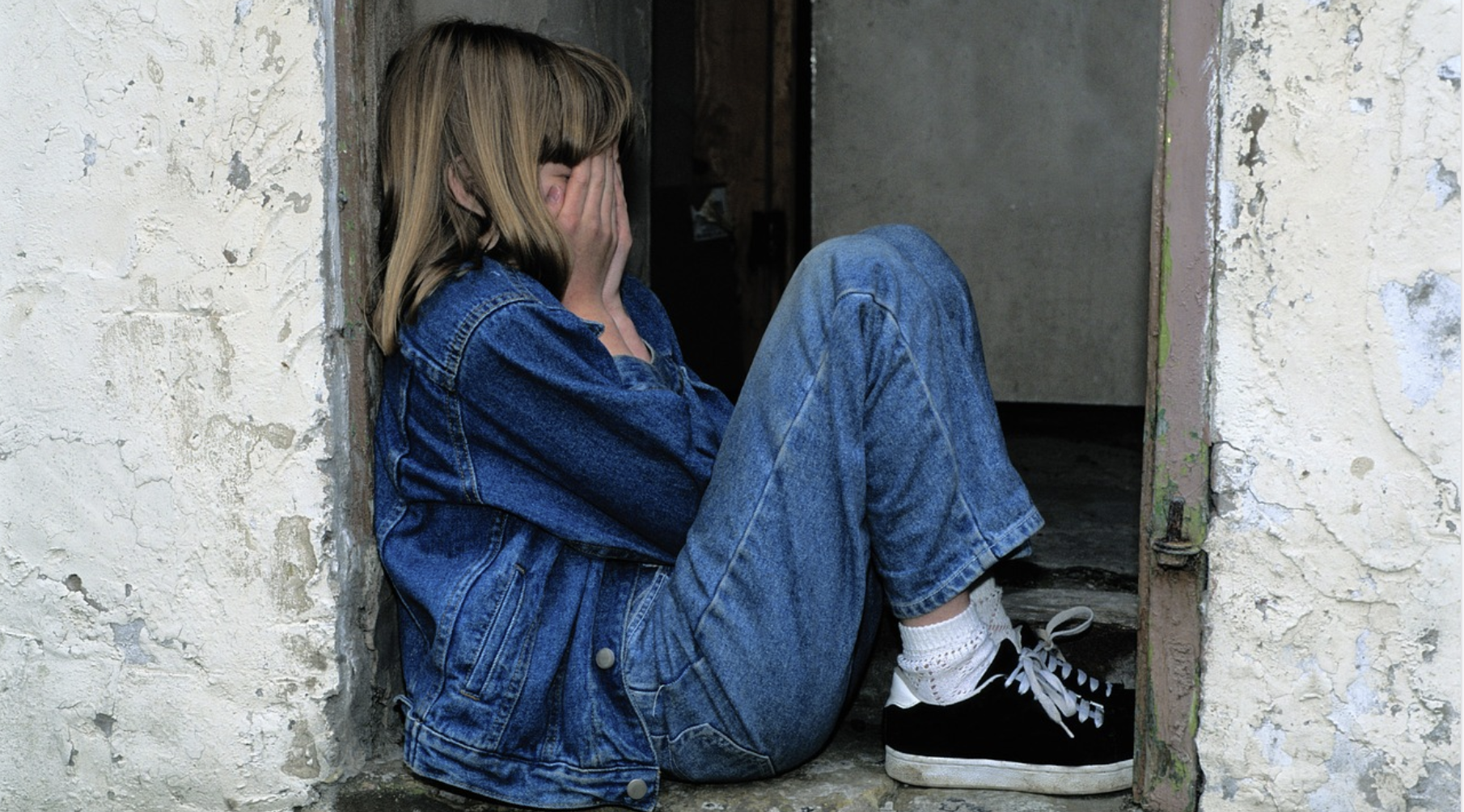Here’s my updated presentation for my leadership institute, which is a MONTH AWAY YIKES!!!
I am going to have a slideshow up, and here’s what I currently have:

What I MIGHT do is remove all the words and set it to autoplay so the images change out every minute or so so I don’t have to worry about clicking through a slideshow. The less I have to worry about the slideshow, the better!
****************
(START SEATED ON THE MAT)
First, I’d like to thank all of you for joining me these past few months. The time with you all has really encouraged me to embrace my true leadership style. While I’m achievement driven, competitive, and like to get things done, the leadership style that that’s all enveloped in, what I come back to again and again, are all about relationship building.
But I have some personal conflicts with this.
- I am an introvert
- I have struggled with shyness, especially when I was young
- I’m an anxious person
When I’m with family and close friends, this isn’t a problem, but with people I don’t know as well, I run into issues. It sucks energy, and at the end of the day I can be exhausted. I realized early in my life that I have to find a balance – to be able to have relationships with others as well as maintain a relationship with myself.
One way I found really helped was yoga. I’ve been doing it on and off for about 20 years. About 10 years ago, I found Lesley Fightmaster Yoga on Youtube and began a more regular practice.
When I do yoga, my mind is so focused on the breath and getting into the poses and the movements of my body that all the pressures of the day, the anxiety, the people time that depleted me – it all disappears. It is a moving mindfulness. And the best part is that when we do yoga, it not just helps us personally, but also benefits those around us.
One of the phrases you’ll hear often in yoga practice is to lead with the heart. This is about poses that open your heart center, poses with hands clasped behind you where you roll your shoulders back, or any sort of backbend. These poses expose your heart, leaving it open and unguarded, and you can feel really vulnerable. But the more heart-opening poses you do, the more comfortable you feel being that open. You start to feel more energy, more self-confidence, and more empathy for yourself and others.
Leading with the heart is just the start of how yoga can help us be better leaders.
Foundation: The foundation of yoga is first and foremost the breath. Every movement has a breath. And for me if there’s a foundational pose, it’s the sun salutation. This pose leads into a lot of other poses in my yoga practice. (ROLL UP TO START A SUN SALUTATION DURING THIS SECTION)
Your foundation is second nature to you and becomes a part of your everyday practice without thinking – this is true in yoga and as a leader. It’s who you are, and when people see you, they know what your foundation is – your sun salutation, your breath. You know that you can always, always count on your foundations to pull through for you and bring you back to who you are.
Strength: I’ve heard a couple times about how yoga is just stretching. This is a lie! Yoga poses use your body weight to create strength. I would not have these arm muscles without a daily yoga practice, but it takes time and practice to build. And it doesn’t necessarily get easier. Warrior two is a good example of a pose that can progress over time. (SHOW BEGINNER W2 AND HOW IT PROGRESSES)
Our foundations flow right into a core set of poses and strengths that we are good at but can work on to make stronger. I am really good at getting things done and relationships. I am pretty good at making sure that the right people are in the room during projects, and that is something that I deliberately make sure to be aware of when assembling a team. Every time I do it, it gets a little bit easier and a little bit stronger.
Balance: In yoga you always have to take note of balance. I have fallen out of warrior two more than once. And poses that are centered on balance? They always take intense focus, awareness, and a line of sight to stabilize. (DO TREE OR SOMETHING THAT WILL CAUSE ME TO FALL OVER, NO DOUBT)
We all know that an imbalance of your personal life, your work life, on your teams – it doesn’t just affect you personally, but it affects everyone around you. But putting that focus and line of sight back on yourself trickles down in the best sort of way.
And just like in yoga, sometimes your balance is off that day. Sometimes you fall out, and that’s ok. You just get right back in.
Limits and flexibility: In yoga everyone has limits, but this is a great way to test our flexibility. It took me a long time to get the strength to even attempt bird of paradise. I can sort of get into it now, but it doesn’t look pretty. There are wraps that I just can’t get into because my spine is not that flexible. But the best thing about yoga is that it’s not about getting into the full iteration of the pose as long as you feel a stretch. Then you decide if that pose is something you want to work on.
I can do an ok scissors pose. It took me a while, and when I was able to get into? I was so happy. (DO THE SCISSORS!!!)
Change is the one thing that will always be there. There are always going to be times that we need to use strengths that we hate using as a leader, and you need to fake it til you make it. That’s one of the top takeaways from this program for me: don’t worry about what I’m not good at, but try it out once in a while just to remind myself. And if something surprises you that it might actually be your thing? Well, time to take on that challenge!
Savasana: (GET INTO SAVASANA RIGHT AWAY) The most important pose is savasana. It is the final pose of the practice where you take in all the benefits of your practice. You let your breath go, let your body relax and sink into the earth, and let your mind be calm.
(ROLL OVER AND SIT UP)
I don’t know that I will ever take a traditional leadership role at my college, but I know I can be a leader in my current role, and I enjoy the work I do and I really enjoy the relationships I have with my workmates.
Namaste: When we lead with the heart, we create energy, strength, and especially empathy for ourselves and others. I encourage you to start a simple yoga practice. The best part about it is it doesn’t take much – it can be 10 minutes a day. It can be chair yoga or a simple stretch and meditation over your lunch break. My favorite length for a practice is 20 minutes. What works for you is the best practice for you, and the benefits are nonstop.
Normally, yoga practices are ended with namaste. Come to seated with hands together in front of the heart in anjali mudra. The following is how Lesley Fightmaster ends her practice:
Bring our hands to the forehead for clear and loving thoughts, hands to the heart for clear and loving intentions, and hands to the mouth for clear and loving communications.
Sending this positive energy to all beings everywhere. Namaste. (END SCENE AND RUN AWAY)








